Durability: Types And Testing Methods
What is Durability?
Durability describes the ability of a material or product to withstand wear, pressure or damage over an extended period. It is a decisive factor in determining the lifespan and reliability of products in various industries, including construction, manufacturing and the consumer goods sector.
Types of Durability
Durability comprises several specific physical properties that contribute to the performance and longevity of products. These properties include:
- Ageing resistance (for polymers): The ability of polymers to maintain their integrity and performance over an extended period, even when exposed to environmental influences such as light, heat and moisture.
- Dust resistance: The capacity of a product to resist dust accumulation and impact, thereby ensuring smooth operation and cleanliness over extended periods.
- Fatigue resistance: The ability of a material or product to avoid failure under repeated stress or load cycles. This is critical for components subject to regular movement or vibrations.
- Fire resistance: The ability to withstand high temperatures and not ignite or combust. This property ensures safety and protection in the event of a fire.
- Radiation hardening: The process by which materials are made resistant to the harmful effects of radiation. This is important for applications in aerospace, medicine and nuclear technology.
- Thermal resistance: The ability of a material to resist the effects of heat, thereby preventing decomposition or deformation under high temperature conditions.
- Decay resistance: The ability to resist decay caused by fungal infestation, moisture and other environmental factors that promote rot, particularly in materials such as wood.
- Corrosion resistance: The capacity to resist corrosion, particularly from moisture and oxygen. This attribute is essential for metals exposed to harsh environments.
- Toughness: The ability of a material to absorb energy and deform without breaking. This property contributes to the overall strength and durability of a product.
- Water resistance: The ability to prevent water from penetrating the material or causing damage; important for products used outdoors or in humid environments.
Durability Testing Methods
Durability tests simulate real-world conditions to evaluate how materials and products behave over time. These tests help identify potential weaknesses and enable improvements in design and material selection.
Accelerated Testing
Accelerated tests expedite the ageing process of materials to assess their long-term performance within a shortened time frame. This method aids in predicting service life and identifying potential faults.
Environmental Testing
In environmental tests, materials and products are exposed to various conditions such as extreme temperatures, moisture and UV radiation. The impact of these factors on durability and performance is evaluated.
Mechanical Testing
During mechanical testing, materials are subjected to physical forces such as tension, compression and impact. This test ensures that products withstand daily use and unexpected loads.
Comparison of Durability Testing Methods
|
Test Method |
Purpose |
Advantages |
Limitations |
|
Accelerated Testing |
Rapid prediction of long-term performance |
Time-efficient, cost-effective |
Cannot replicate all real-world conditions |
|
Environmental Tests |
Evaluation of the effects of environmental factors |
Provides a thorough evaluation of external influences |
Can be time-consuming and expensive |
|
Mechanical Testing |
Determination of the strength and load-bearing capacity of materials |
Provides clear data on material limits |
May not consider combined loading factors |
For further information, please visit Stanford Advanced Materials (SAM).
Frequently Asked Questions
What is the main difference between structural and functional durability?
Structural durability focuses on maintaining the physical integrity of a material or structure, whereas functional durability ensures that a product performs its intended function effectively over an extended period.
Why are durability tests important in product development?
Durability tests help identify potential weaknesses and predict how products will behave under different conditions. This leads to improved design decisions and increased product reliability.
How does accelerated testing differ from real-time testing?
Accelerated tests speed up the ageing process to rapidly assess long-term performance. In contrast, real-time tests involve observing materials and products over an extended period under normal conditions.
Can durability tests prevent product failures?
Yes, durability tests can reveal potential fault points and weaknesses. This enables designers and engineers to make necessary improvements before products are launched.
Which industries benefit most from durability tests?
Industries such as construction, automotive, electronics and consumer goods rely heavily on durability tests to ensure that their products meet safety and longevity standards.

 Bars
Bars
 Beads & Spheres
Beads & Spheres
 Bolts & Nuts
Bolts & Nuts
 Crucibles
Crucibles
 Discs
Discs
 Fibers & Fabrics
Fibers & Fabrics
 Films
Films
 Flake
Flake
 Foams
Foams
 Foil
Foil
 Granules
Granules
 Honeycombs
Honeycombs
 Ink
Ink
 Laminate
Laminate
 Lumps
Lumps
 Meshes
Meshes
 Metallised Film
Metallised Film
 Plate
Plate
 Powders
Powders
 Rod
Rod
 Sheets
Sheets
 Single Crystals
Single Crystals
 Sputtering Target
Sputtering Target
 Tubes
Tubes
 Washer
Washer
 Wires
Wires
 Converters & Calculators
Converters & Calculators
 Write for Us
Write for Us
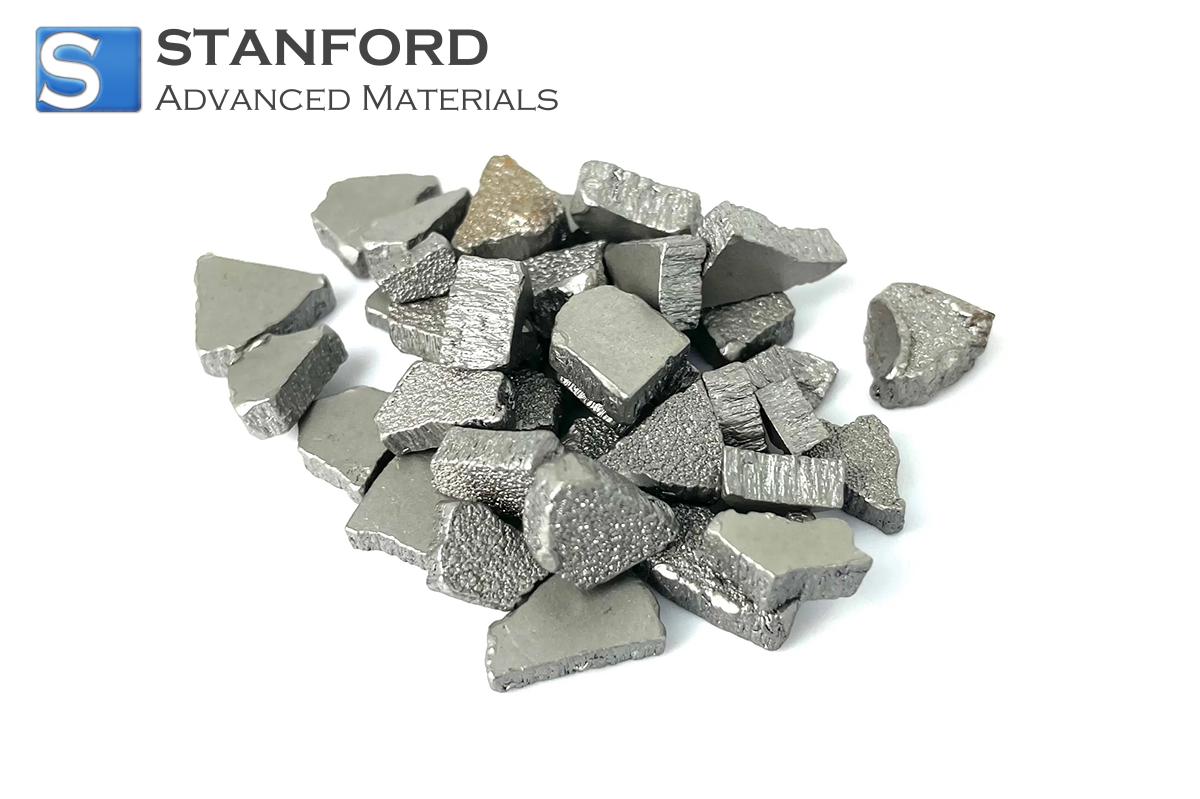
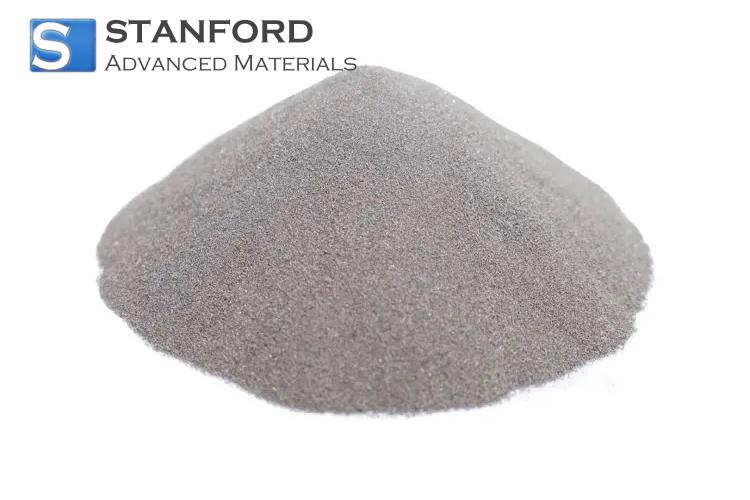
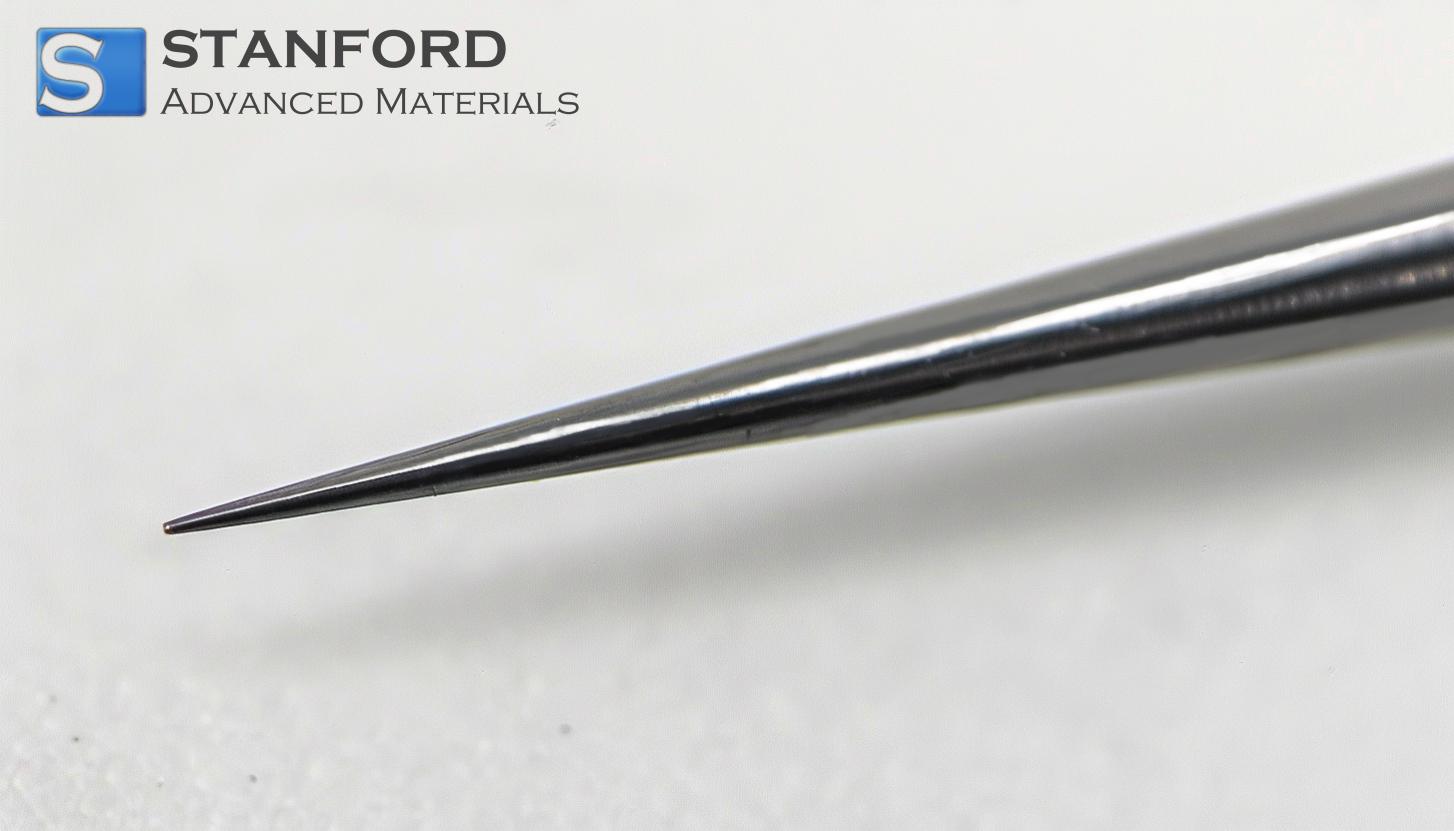
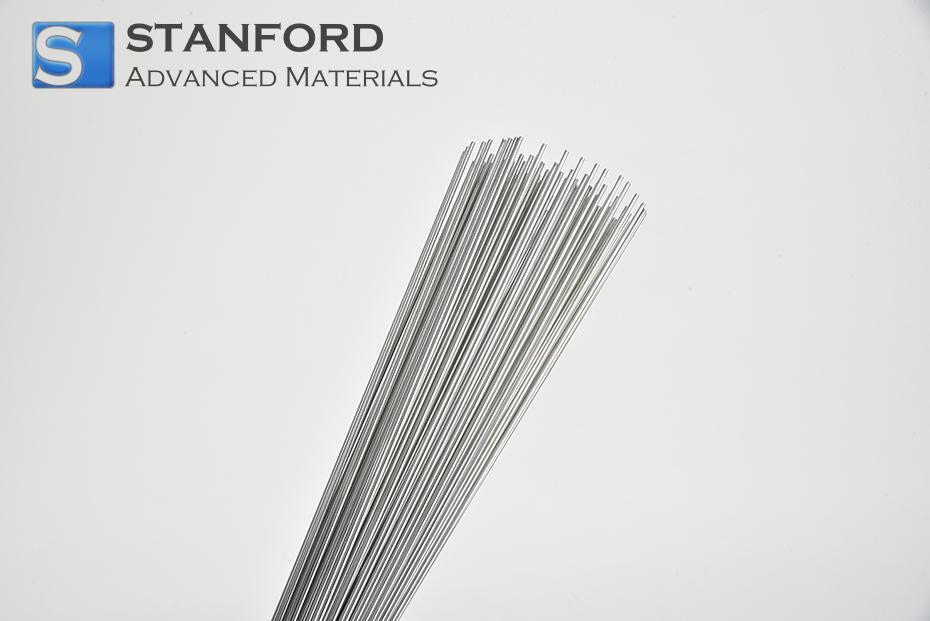
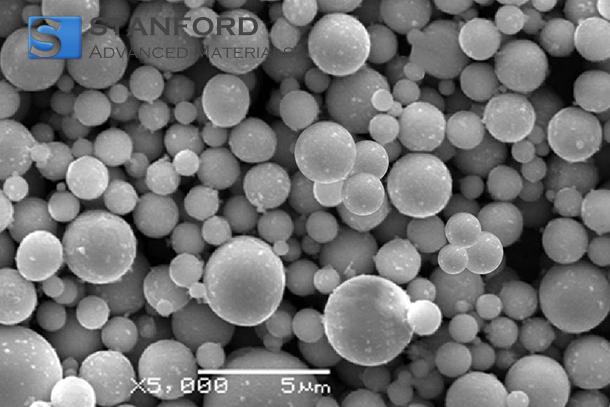
 Chin Trento
Chin Trento



